10 Forgotten Firearms That Shaped the Early 1900s
The firearms of the early 1900s are an important chapter in history, though many have been forgotten as time has passed. A variety of reasons, including changes in warfare tactics and technology, led to the decline of these once-innovative weapons. Some firearms were overshadowed by newer models, while others were never widely adopted. Despite their obscurity, these guns played key roles in shaping the evolution of firearms. Rediscovering their stories offers a fascinating glimpse into an era of transformation in weaponry.
This post may contain affiliate links, which helps keep this content free. Please read our disclosure for more info.
Mars Automatic Pistol
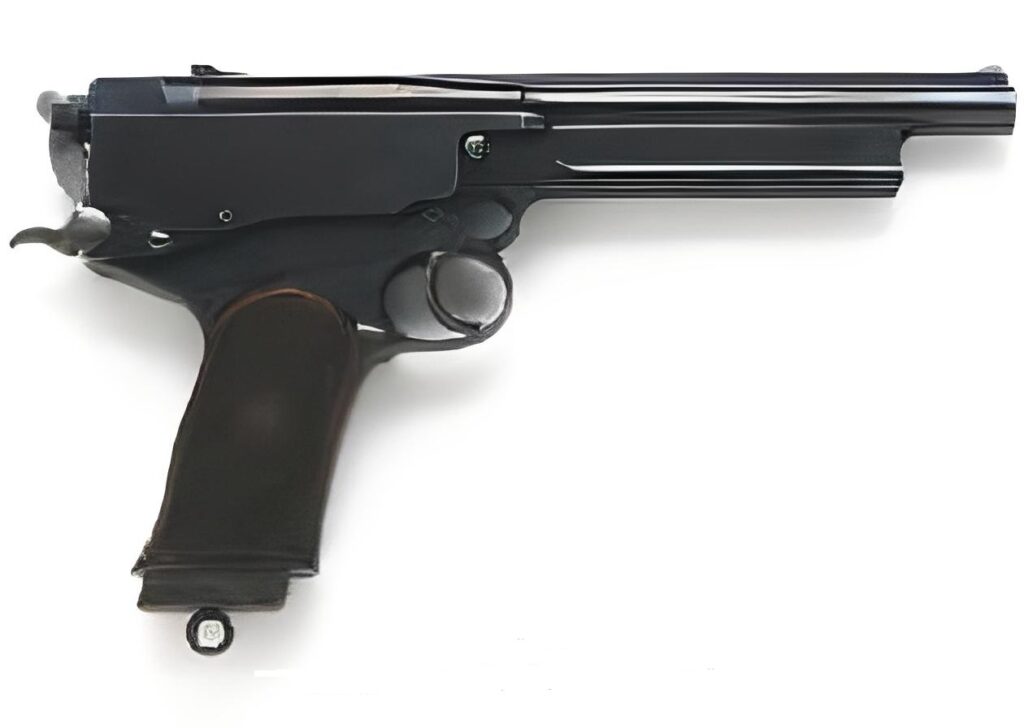
Released around 1900, the Mars Automatic Pistol was one of the first semi‑automatic handguns designed in Britain. Its long‑recoil mechanism and unusual cartridge set it apart from other pistols at the time. However, its recoil was harsh, and only around 80 units were produced, leading to its quick obscurity. Today, a well‑preserved Mars Automatic can sell for $35,000, making it a rare and valuable collector’s item. Its mechanical innovation paved the way for future handgun designs, though its impracticality led it to be forgotten in the broader firearm history.
Despite its initial promise, the Mars was soon abandoned due to its complex design and lack of widespread adoption. The powerful recoil and difficult maintenance deterred both military and civilian users, and the pistol did not see large-scale production. In recent years, the rarity of surviving Mars pistols has contributed to a growing interest among collectors. The Mars’s unique design serves as a fascinating, though brief, chapter in the evolution of semi‑automatic handguns. While not a viable combat weapon, it remains a coveted item in historical firearm collections.
Webley-Fosbery Automatic Revolver
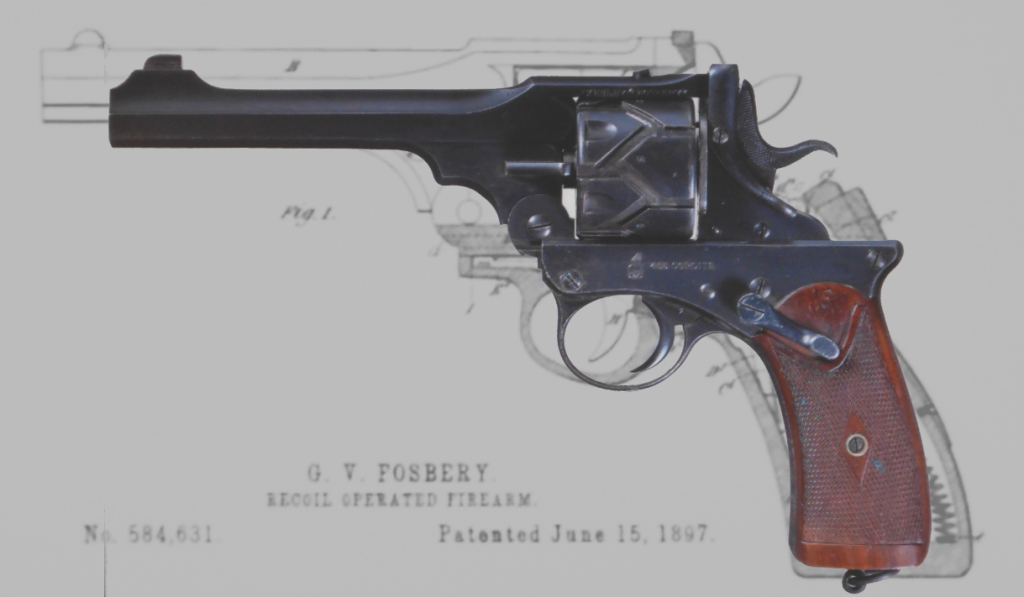
The Webley-Fosbery Automatic Revolver was introduced in 1901 and combined a revolver’s rotary action with a self‑loading mechanism. This innovative design was ahead of its time, but the gun’s weight and complexity made it unsuitable for regular use, and it was soon overshadowed by simpler designs. Today, it’s valued at $10,000 to $30,000 depending on condition, with only around 2,000 made. Its unique recoil‑operated mechanism and the presence of a zig‑zagged cylinder make it a sought‑after collectible. The Webley-Fosbery’s inability to gain widespread use in the military led to its relative obscurity.
While it featured some groundbreaking technology, the Webley-Fosbery was considered too heavy and complex for everyday use. The revolver’s large size and mechanical challenges were significant factors in its limited appeal. Despite its short life in service, the Webley-Fosbery’s role in pushing the boundaries of revolver design has earned it a place in the history of firearms. The relatively small production numbers make it a rare find for collectors today. Its current market value is largely driven by its uniqueness and the historical intrigue surrounding its design.
Remington Model 8
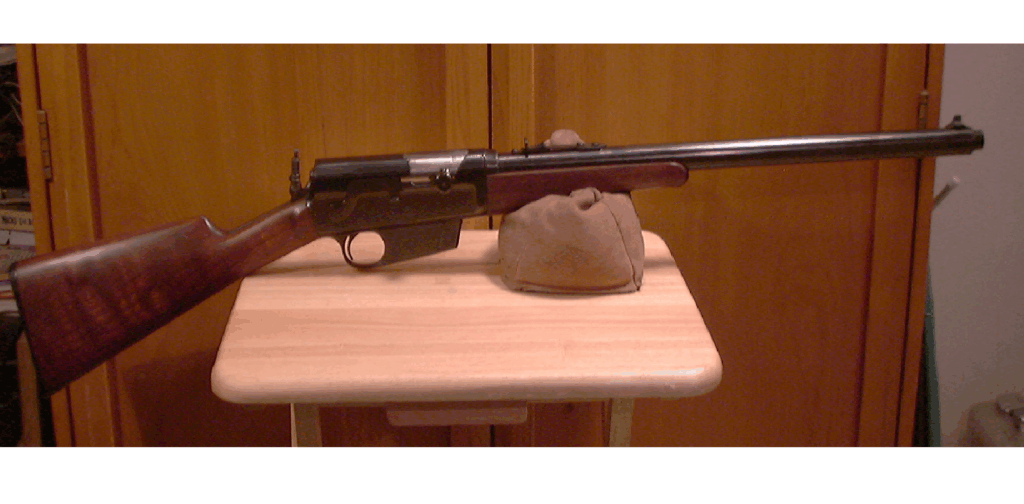
Introduced in 1906, the Remington Model 8 was one of the first successful self‑loading rifles in the U.S., featuring a gas‑operated mechanism. This rifle was important for its time, used by hunters and law enforcement, but it was eventually replaced by more powerful and accurate designs. Estimated values for the Model 8 today can range from $1,000 to $3,000, depending on condition. Despite its early success, it was largely replaced by bolt‑action rifles and fell into obscurity. The Model 8’s legacy as one of the pioneers in semi‑automatic rifles remains significant in firearms history.
The Remington Model 8’s unique design paved the way for later semi‑automatic rifles, but its heavy, complicated mechanism made it cumbersome compared to modern firearms. It was also overshadowed by the rise of more versatile and powerful models like the M1 Garand. The rifle’s association with early 20th‑century military and civilian use makes it a valuable piece for collectors interested in the evolution of semi‑automatic rifles. Today, its original patents and innovations are appreciated in retrospect. The Model 8’s place in the transition from bolt‑action to semi‑automatic rifles is a key moment in early 1900s firearms history.
Steyr M1912
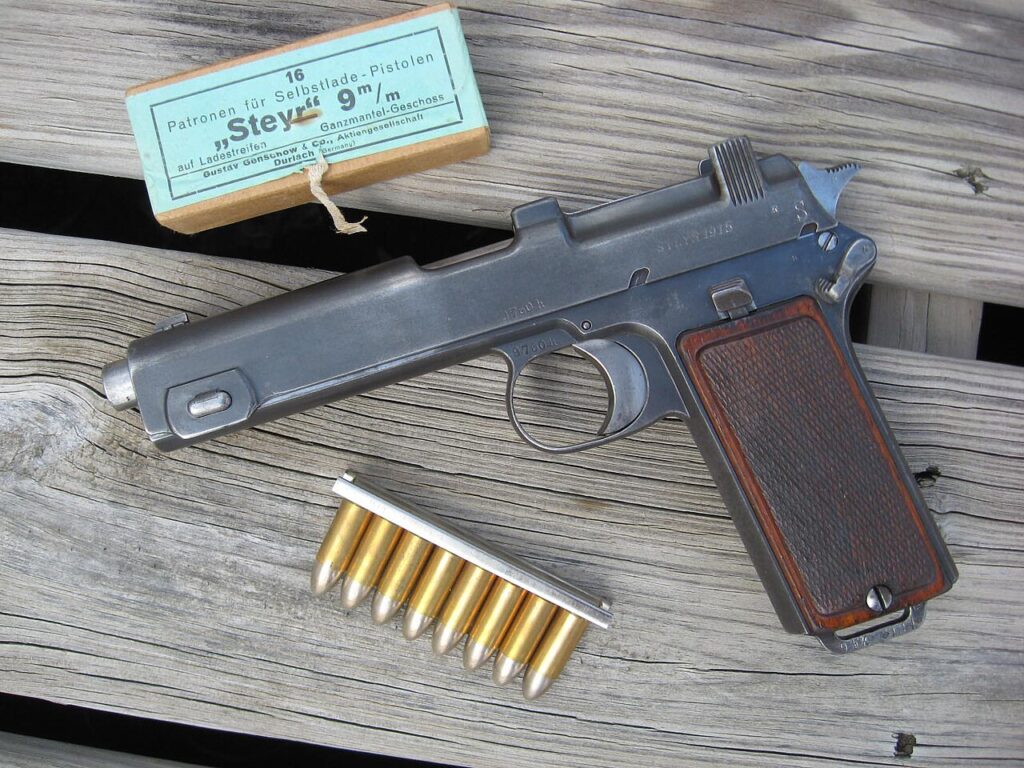
Released in 1912, the Steyr M1912 was a semi‑automatic pistol designed by the Austrian Army, which showcased a unique straight‑blowback system. Its sleek, futuristic design made it stand out, but it never reached large production numbers, partly due to its complexity and expensive manufacturing costs. Today, surviving Steyr M1912 pistols are worth around $5,000 to $10,000, making them highly sought after by collectors. While not widely used, the M1912 was an innovative firearm that played a key role in the development of future military sidearms. Its failure to gain widespread acceptance led to its quick obsolescence.
Though designed to be a military sidearm, the Steyr M1912 was too complex and costly for mass adoption. Only a small number of these pistols were made, contributing to its rarity and eventual disappearance from widespread use. Its design, which incorporated innovative features such as an unusual safety mechanism and advanced locking system, set the stage for future handgun innovations. Despite its limited production, it remains a pivotal firearm for those interested in the early evolution of semi‑automatic pistols. The Steyr M1912’s distinct design ensures it is remembered in the annals of firearm history, despite its short-lived presence.
Winchester Model 1911 SL
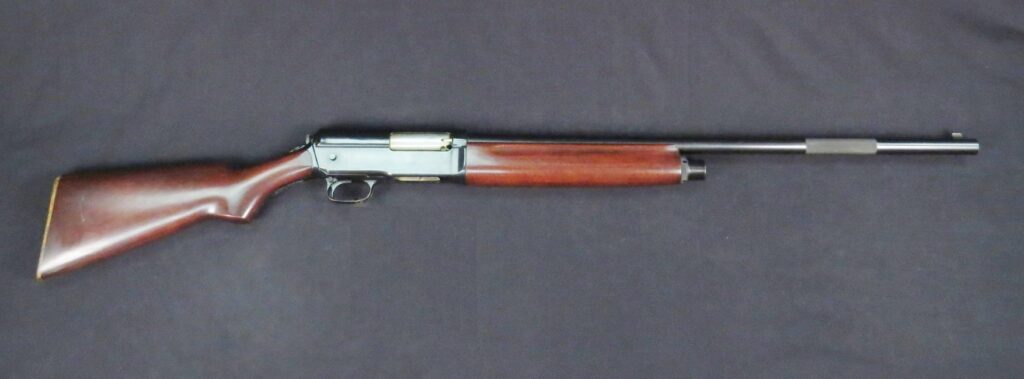
The Winchester Model 1911 SL was a semi‑automatic shotgun introduced in the early 20th century and was the first of its kind from the iconic American manufacturer. Though initially successful, it was soon overshadowed by the demand for pump‑action shotguns. Its unique gas‑operated mechanism didn’t have the same staying power as simpler designs. The Model 1911 SL can be found today at an estimated value of $1,200 to $3,000, depending on its condition and features. Despite its initial success, the complexity of its gas system and the rise of pump‑action shotguns led to its decline.
As one of the earliest semi‑automatic shotguns, the Winchester Model 1911 SL was an innovative firearm, but it faced numerous challenges in terms of durability and reliability. Over time, its more complicated design was replaced by simpler, more effective models. While it did have a brief period of success among hunters and competitive shooters, the rise of other shotguns led to the Model 1911 SL’s decline. Today, collectors value it for its historical importance in the development of self‑loading shotguns. The Model 1911 SL remains a reminder of the early 20th century’s exploration into semi‑automatic firearm design.
Nambu Type A
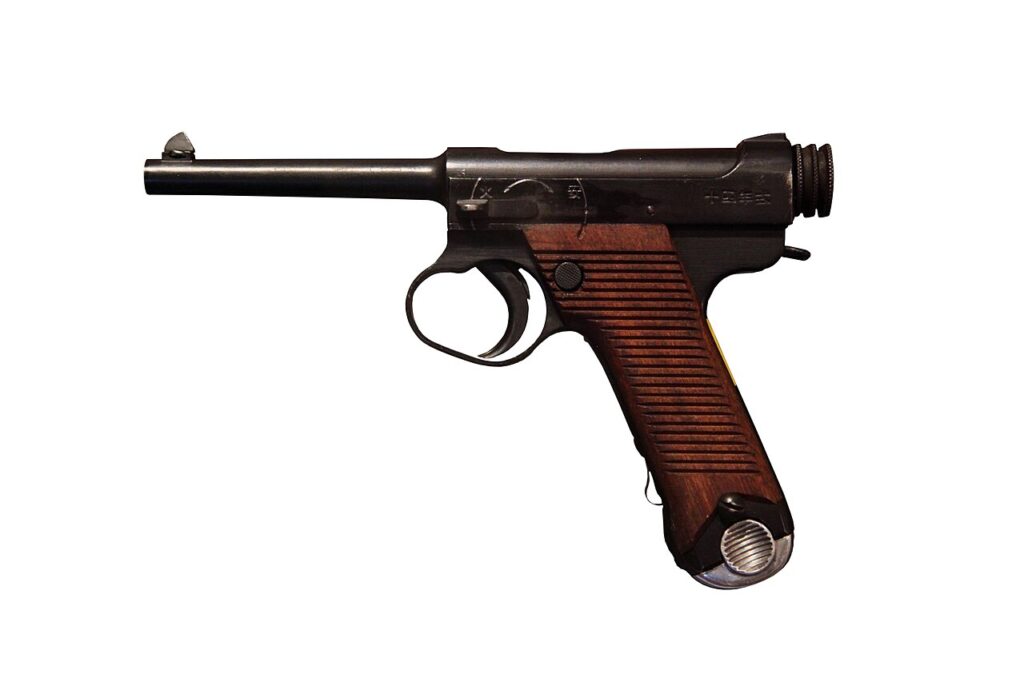
Released in 1902, the Nambu Type A was Japan’s first attempt at a self‑loading pistol and was adopted by the Imperial Army. While it offered improvements over revolvers, its low power and unreliable mechanics made it unpopular. The Nambu Type A is now valued at $1,500 to $3,000 depending on condition and rarity. It was largely replaced by more reliable sidearms, and its role in firearm history has been mostly forgotten. Nevertheless, the Nambu Type A played a significant part in Japan’s early 20th-century military innovations.
Despite its early promise, the Nambu Type A was plagued by issues such as jamming and low stopping power. As a result, it was quickly phased out in favor of the more successful Nambu Type B. Although it did not see widespread adoption, the Nambu Type A influenced the development of future military pistols in Japan. Its market value today reflects both its rarity and its role as a pioneer in Japanese handgun design. The Nambu Type A’s place in firearm history may be limited, but it was an important stepping stone in Japan’s journey to modernize its military armament.
Pedersen Device

Developed in 1917, the Pedersen Device was a unique attachment for the M1911 rifle that allowed it to fire semi‑automatically, essentially converting a bolt‑action rifle into a semi‑automatic one. It was adopted by the U.S. military during World War I but was quickly phased out due to the development of more efficient firearms. The Pedersen Device’s current market value can be as high as $50,000 in good condition due to its rarity and historical significance. Its use was limited, but its innovative design influenced future semi‑automatic rifles. Despite its short-lived production, it played a significant role in the development of U.S. infantry rifles.
The Pedersen Device allowed soldiers to quickly switch between bolt‑action and semi‑automatic firing, a concept ahead of its time. However, the device was eventually discarded after the war, as new weapons like the M1 Garand were developed. Only around 65,000 Pedersen Devices were ever made, contributing to its rarity today. The device’s complexity and its failure to reach large-scale production have kept it in relative obscurity. For collectors of early 20th-century military firearms, the Pedersen Device remains an extraordinary example of wartime innovation.
Savage Model 99

The Savage Model 99 was a lever-action rifle that featured a unique rotary magazine, which set it apart from other rifles at the time. It was popular for hunting, but over the years, it became obsolete with the advent of more modern, bolt-action rifles. Today, its value is around $700 to $2,500, depending on the model and condition. Despite its initial popularity, the Model 99 faded into obscurity as the hunting market transitioned to newer designs. Its unique magazine system is what still attracts collectors and enthusiasts today.
The Savage Model 99 was innovative for its time, incorporating a detachable rotary magazine that allowed for greater ammunition capacity. It was a trusted rifle for hunters due to its accuracy and reliability, but its lack of rapid reloading and the rise of newer rifles caused it to lose favor. Though it had several variants over its production run, it was eventually overshadowed by bolt‑action rifles like the Winchester Model 70. Despite this, the rifle’s place in firearm history remains valuable for collectors who appreciate its mechanical ingenuity. As one of the last successful lever‑action rifles of its time, the Model 99 holds a special place in American firearm history.
M1917 Enfield
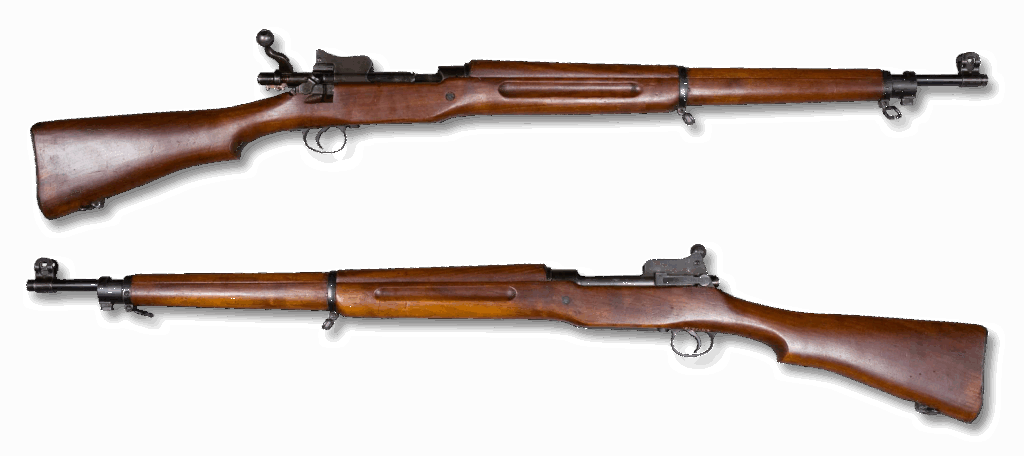
The M1917 Enfield, often called the American Enfield, was designed during World War I to meet the need for a more reliable, mass-produced rifle. Produced in 1917, it was based on the British P14 rifle but adapted for U.S. troops. Its market value today ranges from $600 to $1,200 depending on condition and modifications. The M1917’s introduction was pivotal in arming U.S. forces during the war, yet it faded into obscurity after the war ended due to the adoption of more modern rifles. Its success in World War I, however, makes it a valuable collector’s piece.
Despite its heavy use in World War I, the M1917 Enfield was quickly replaced by the M1 Garand after the war. The rifle was made in large quantities, but its post-war service was limited due to its bulk and reliance on older technology. Although the M1917 Enfield was not as iconic as the M1 Garand, it provided soldiers with a reliable weapon when needed. Today, collectors value it for its historical significance and for being one of the last bolt-action rifles used by the U.S. military. Its relatively affordable price makes it a popular choice for those interested in World War I-era firearms.
Mauser C96
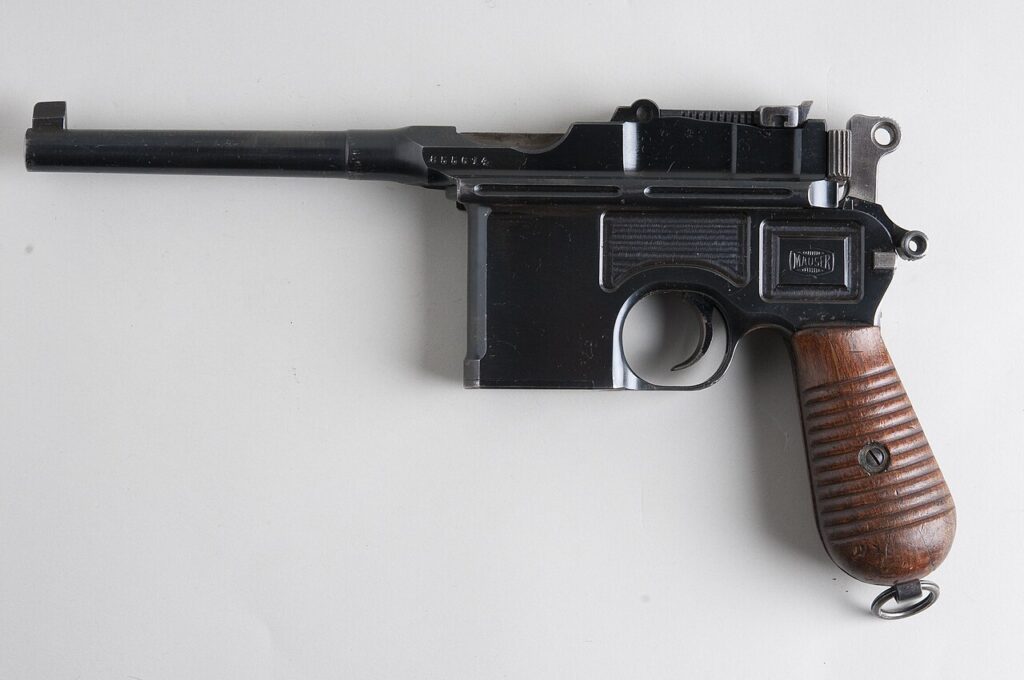
The Mauser C96, was one of the first self-loading pistols and had a long production run due to its versatility. It was a groundbreaking weapon for its time, serving in both military and civilian applications. Due to the rising popularity of semi‑automatic pistols, the Mauser C96 eventually fell into obscurity, with prices today ranging from $1,000 to $3,000 depending on condition. Though it was widely used in the early 20th century, its complex mechanism and cumbersome design made it impractical for modern warfare. Today, the Mauser C96 is a cherished collector’s item for its historical significance.
The Mauser C96 was groundbreaking because it was one of the first pistols to be able to self‑load, marking a major advancement in handgun technology. However, its long barrel and wooden stock made it less practical compared to newer models that emerged in the 20th century. The C96 was used by German forces during World War I and later in civilian markets, but its role in warfare diminished after the war. As modern semi‑automatics became more efficient and simpler, the C96 faded from use. Despite its obsolescence, the Mauser C96 remains a valuable collector’s item and an important piece of firearm history.
This article originally appeared on Avocadu.
